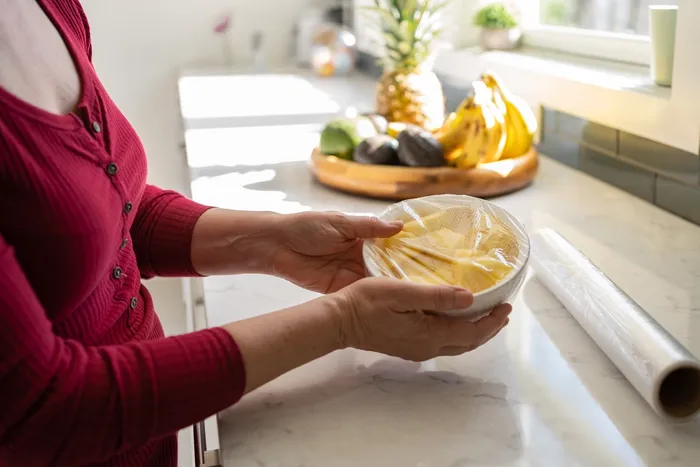Quiz time.
Under which Presidential Administration did Congress pass our nation’s primary law governing recycling?
Let’s count backward. Biden, Trump, Obama (2X), Bush (2X), Clinton (2X), Bush (the other one), Reagan (2X), Carter… Ford.
Gerald Ford. 1976. Four and a half decades ago. When microwave ovens hit the market. When Joe DiMaggio was selling Mr. Coffee machines. When disco was on the rise.
Obviously, a few things have changed since then. Our nation’s recycling systems and policies have not kept up.
Outdated Recycling Systems
Recycling systems in the 1970s were set up to collect mostly bottles, cans, and newspapers (remember print newspapers?). Over time, lighter weight materials became more popular, especially for packaging, such as plastic pouches and wraps. This new, more efficient packaging is great at reducing the packaging needed to deliver food and drink. It also helps reduce food waste, uses less energy than heavier packaging, and reduces greenhouse gas emissions compared to common alternatives.
But it doesn’t really fit the old recycling system. Which is one of the many reasons why our nation’s recycling rate dangles under 35%. (And the plastic packaging recycling rate is less than half that.)
Advanced Plastics Recycling
To increase the trajectory of plastics recycling, America’s Plastic Makers have set an ambitious goal for all U.S. plastic packaging to be reused, recycled, or recovered by 2040.
And notably, we’re investing in advanced recycling technologies that can dramatically increase the types and amount of plastics that can be recycled. These advanced technologies convert solid plastics back into their liquid raw materials that can be used to make new products, including new plastics, in a circular loop.
What’s great about these technologies is they capture value from hard-to-recycle plastics, such as multilayer pouches and film, plastic tubes, take out cups/plates… some of the lightweight packaging introduced since Ford was President.
Tweak Our Laws
But there’s a hitch, and this is where a serious tweak to our recycling policies could help. Regrettably, the 1976 law didn’t foresee the scope of innovative recycling technologies and left a lot of the recycling rules/regulations up to the states. So today, 2/3 of U.S. states still have outdated policies that essentially regulate advanced recycling as “waste disposal” rather than manufacturing. These regulations are anachronisms of the disco era and make it more difficult for companies to deploy modern, advanced recycling technologies.
Congress could fix this policy problem quickly (as we laid out) by passing legislation that acknowledges advanced recycling as recycling, distinguishing it from waste disposal.
Our Action #2 in America’s Plastic Makers’ 5 Actions to Accelerate a Circular Economy for Plastics calls on Congress to acknowledge these new technologies that can help dramatically increase plastics recycling. This would help enable rapid growth of advanced recycling while continuing to expand traditional mechanical recycling. It would help consumer goods companies use more recycled plastics. And it would help keep used plastics out of our environment.
It’s a win for everyone working to end plastic waste.
5 Actions
Action #2 is the wonkiest of our 5 Actions. The others are simpler: #1) require plastic packaging to use recycled plastics; #3) create national standards for plastics recycling; #4) use scientific life cycle analyses to compare the environmental footprint of materials; and #5) raise private funding to update our recycling systems.
All our 5 Actions require some assistance from Congress to help jumpstart plastics recycling. Tweaking our laws to acknowledge advanced recycling technologies should be the easiest lift.
Learn more about the 5 Actions here.

